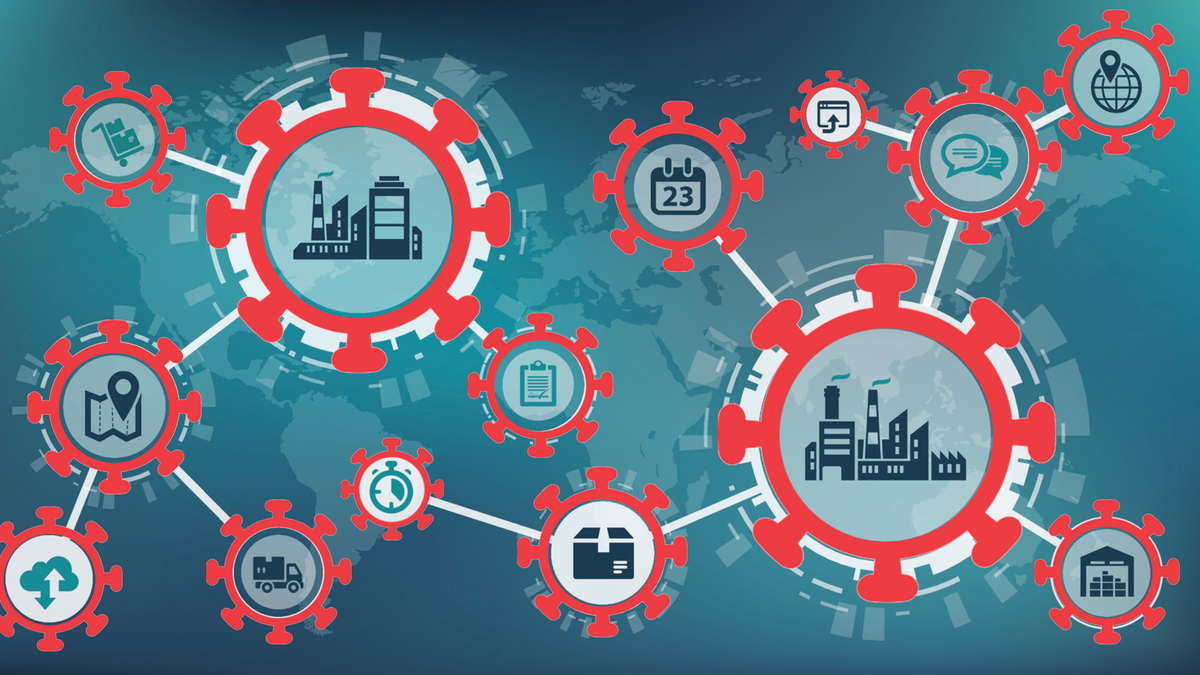Logistics 101: A Beginner's Guide to Logistics
Logistics is the process of managing the movement of goods from one place to another. It involves the coordination of resources such as people, equipment, and materials to ensure that products are delivered on time and in good condition. If you're new to the world of logistics, here is a beginner's guide to help you get started.
What is Logistics?
Logistics is the art and science of managing the movement of goods. It encompasses everything from transportation to warehousing, inventory management, and order fulfillment. A well-managed logistics operation can help businesses reduce costs, improve customer satisfaction, and increase efficiency.
Types of Logistics
There are several types of logistics, each with its own unique challenges and requirements. The main types of logistics include:
- Inbound Logistics: This involves the transportation and management of raw materials and other supplies from suppliers to manufacturers or retailers.
- Outbound Logistics: This involves the transportation and management of finished products from manufacturers or retailers to customers.
- Reverse Logistics: This involves the management of the return of products from customers to manufacturers or retailers for repair, recycling, or disposal.
- International Logistics: This involves the transportation and management of goods across international borders, including customs clearance, documentation, and compliance with international regulations.
Logistics Processes
The logistics process involves several key steps, including:
- Planning: This involves the development of a logistics plan that outlines the transportation, warehousing, and inventory management strategies to be used.
- Transportation: This involves the physical movement of goods from one location to another using various modes of transportation, such as trucks, ships, and planes.
- Warehousing: This involves the storage and management of goods in a warehouse or distribution center.
- Inventory Management: This involves the tracking and management of inventory levels to ensure that products are available when needed.
- Order Fulfillment: This involves the picking, packing, and shipping of products to customers.
Logistics Technologies
Technology has revolutionized the logistics industry, making it easier than ever to manage the movement of goods. Some of the most important logistics technologies include:
- Transportation Management Systems (TMS): These systems help manage the transportation of goods by optimizing routes, tracking shipments, and managing carrier relationships.
- Warehouse Management Systems (WMS): These systems help manage the storage and movement of goods within a warehouse or distribution center.
- Inventory Management Systems (IMS): These systems help manage inventory levels by tracking stock levels and generating reorder alerts.
- Real-Time Tracking: This involves the use of GPS technology to track shipments in real-time, providing visibility into the location and status of goods.
Conclusion
Logistics is an essential part of any business that involves the movement of goods. By understanding the different types of logistics, processes, and technologies, businesses can optimize their logistics operations and improve their bottom line. Whether you're a small business owner or a logistics professional, understanding the basics of logistics is essential for success.
I started using Recruit for my recruitment needs about three years ago. In that time, we've recruited dozens of tech professionals, more quickly than ever. The staff at Recruit is friendly, efficient and professional.
Chris Avond
CEO Affordable Ltd.


RESOURCES
SIGN UP FOR MARKET INSIGHTS
You need a helping hand with your project?
We will get back to you as soon as possible
Please try again later
All Rights Reserved | CMS Shipping

